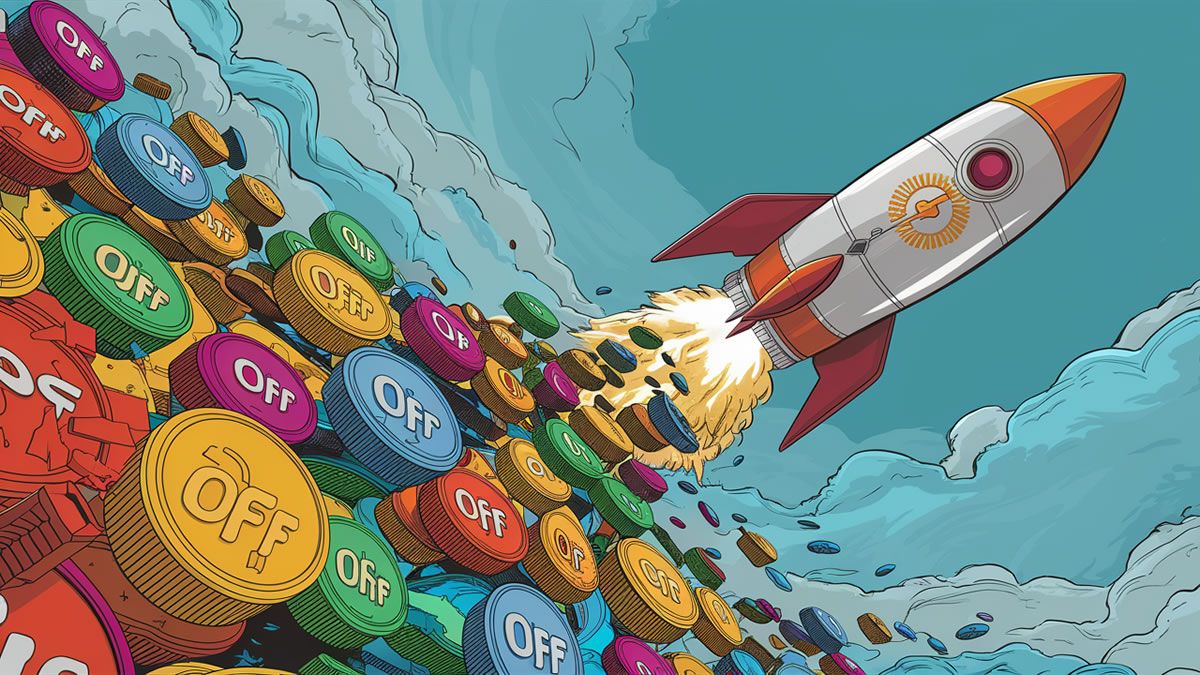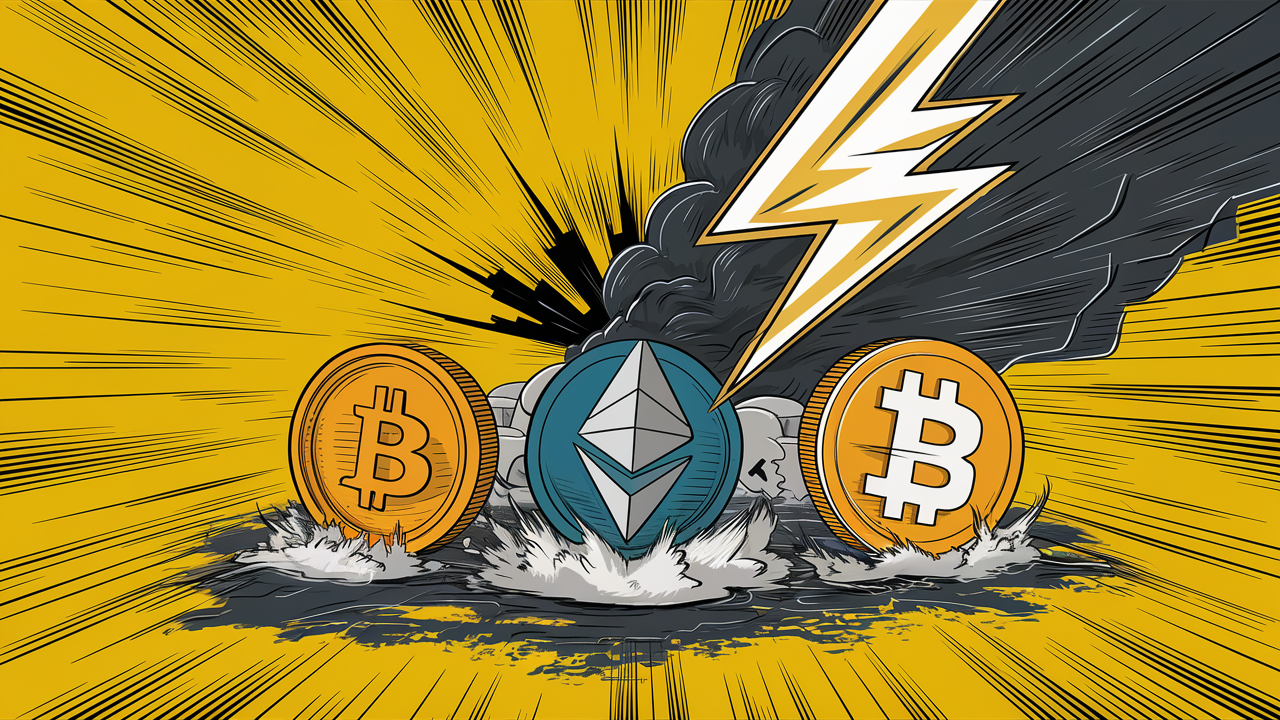What is the Merge in Ethereum?
CryptoPress
The Merge represents the joining of Ethereum’s existing execution layer (the Mainnet we use today) with its new proof-of-stake consensus layer, the Beacon Chain. It eliminates the need for energy-intensive mining and instead secures the network using staked ETH. A truly exciting step towards realizing Ethereum’s vision: more scalability, security, and sustainability.
How The Merge happens
Proof-of-work has been used to secure the Mainnet from the beginning. This is the Ethereum blockchain that everyone knows. It has held all transactions, smart contracts, and balances since July 2015, when it started.
The Merge is the official start of blockchain manufacturing with the Beacon Chain as the engine. Mining will no longer be the way to make valid blocks. Instead, proof-of-stake validators will take over this role and ensure that all transactions are valid and blocks are proposed.
History is never lost. As Mainnet and the Beacon chain are joined, all past Ethereum transactions will be joined as well. There is nothing to do. Your money is safe.
Throughout Ethereum’s history, developers have worked hard to prepare for the day when proof-of-work is replaced by proof-of-stake. The Beacon blockchain was made on December 1, 2020. Since then, it has been running in parallel with Mainnet as a standalone blockchain.
Mainnet transactions have not gone through the Beacon Chain.
Instead, it has been agreeing on its own status by agreeing on which validators are active and how much money they have in their accounts. After much testing, it’s almost time for the Beacon Chain to agree on something else.
After The Merge, all network data, such as execution layer transactions and account balances, will be agreed upon by the Beacon Chain.
What should users do to prepare?
The Merger is one of the most important and long-awaited updates in Ethereum’s history. In the long term, everyone will feel its effects, but in the short term, some people will need to take steps to be prepared.
When you enter The Merge, you don’t have to do anything to protect your money. After the Merge, you can continue to use the money in your wallet. You don’t have to do anything to upgrade it.
You should be very careful of scams that try to take advantage of people during this time. If you want to “upgrade to ETH2”, don’t send your ETH anywhere. There is no “ETH2” token, and you don’t need to do anything else to keep your money safe.
Reduced currency issuance
The merger will decrease the supply of Ethereum by 90%, which may be equivalent to Bitcoin’s three-fold reduction by half.
Currently, an average of 5.5 million ether is created per year and 0.6 million is burned, which is an annual growth of about 4%. The new supply of ether is expected to be only 0.6 million per year after the merger, which will have a significant impact on these figures.
Thus, the network would no longer be inflationary, and it is expected that after a few months it could even be deflationary (more units would be burned than generated). With this in mind, many experts foresee a significant increase in the price of ether in the coming years.
Will the merger lead to lower transaction costs?
No, there will be no changes to the network commission plan during this first phase. The rollups and sharding (splitting of the network into 64 shards), which will occur many months after “The Surge”, are aimed at reducing them.
What are the next stages?
Vitalik Buterin said that after the Surge, Ethereum would be 55% complete. In other words, we won’t see the final form of the network for some time. Surge, Verge, Purge and Splurge are the next phases on the roadmap.
Surge: Introduces sharding, a method by which the network is partitioned into 64 shards (parts of the database). To increase the scalability of the network, sharding will be necessary.
Verge: Merkle trees will be deployed to improve blockchain information storage. With the decrease in node size, it is envisioned that many more nodes can be built, thus promoting decentralization.
Purge: During this phase, some legacy data will be removed from the network to optimize storage and minimize congestion.
Splurge: This phase has not yet been described in depth but is expected to consist of minor updates and tweaks following the previous phase.
Although no specific dates can be predicted, it is believed that it will take at least two years to complete all these stages.
Image: Merge Vectors by Vecteezy
© 2024 Cryptopress. For informational purposes only, not offered as advice of any kind.
Related
- Countdown to Ethereum 2.0 The countdown to Ethereum 2.0 has started....
- Ethereum one step closer to its Proof-of-Stake (PoS) future Ethereum's transition from Proof-of-Work to Proof-of-Stake is officially underway, with a successful test of the chain merger....
- Ethereum: devs confirm date for The Merge following shadow fork activation Merge has a new start date with a revised timeline for testnets and network improvements....
- Testnet Ethereum Merge Completes Successfully on Ropsten The testnet Ethereum Merge has been completed successfully on the Ropsten testnet....






